
Refractory castable drying and baking control process

The difference between silicon brick and semi-silicon brick
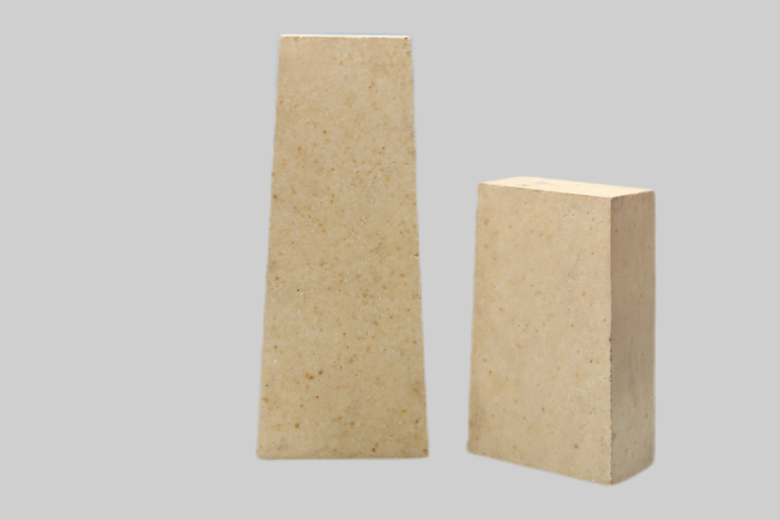
The actual use effect of high aluminum bricks in the furnace lining is related to the quality of high aluminum bricks, and the quality is related to the price, so the key to the use effect depends on the price selected.
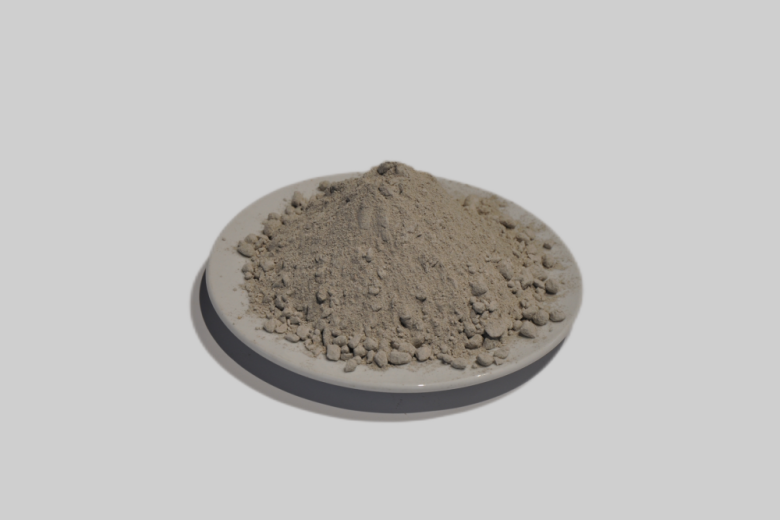
The amount of cement added is small, in order to reduce the calcium content to avoid affecting the later strength, and the current manufacturers on the market have basically canceled the high amount of high-aluminum cement as a binder.
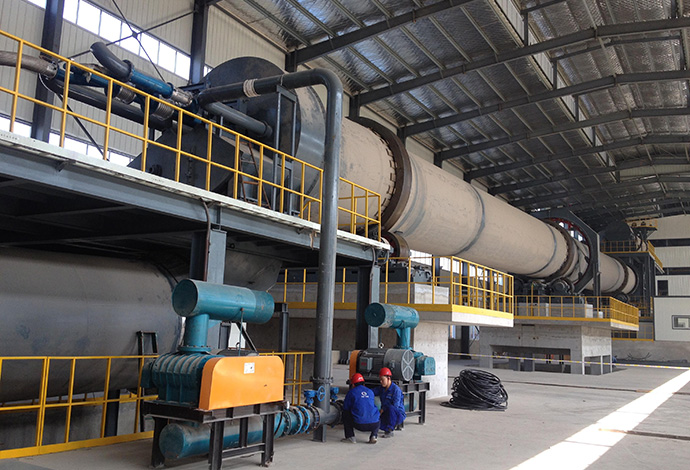
Zinc volatilization kiln belongs to dynamic kiln, the kiln is in the running state of high temperature and continuous rolling, the physical and chemical reaction in the lining is intense and complex, the kiln lining is seriously worn, so the selection of refractory bricks in the lining should be very careful.
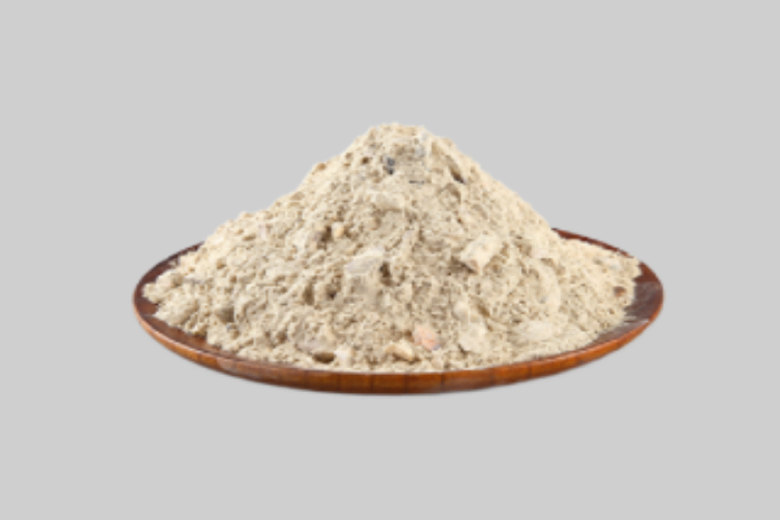
the quality of clay castable is related to the production process ratio, construction water, setting time, and baking, but has nothing to do with the appearance color.
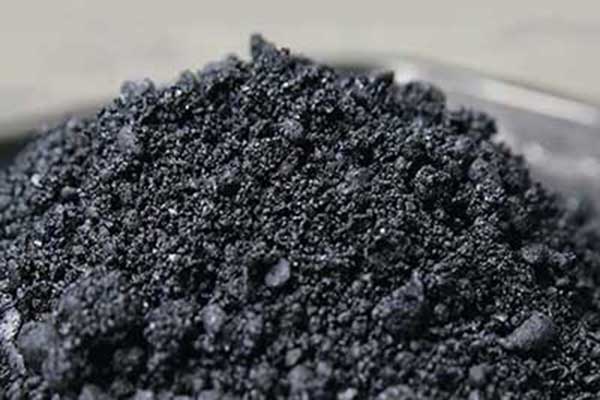
The biggest difference between hot ramming and cold ramming of carbon ramming paste is that cold stamping has changed the old process method of traditional hot stamping, the working conditions and the lining performance has been improved.
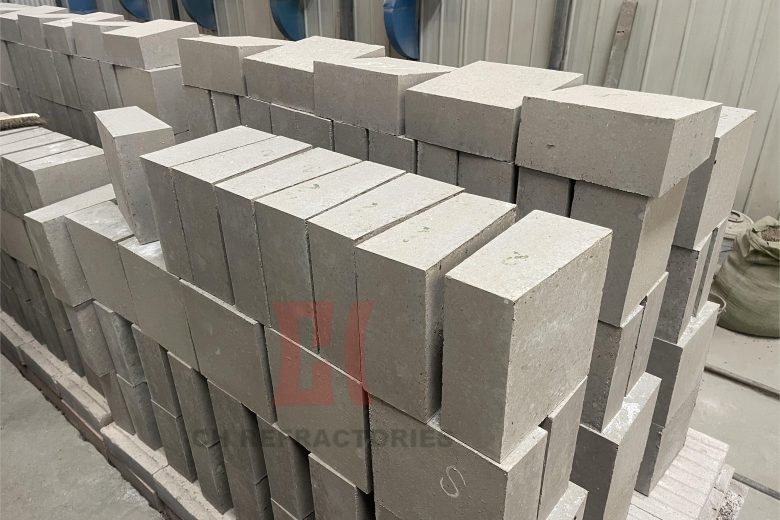
Phosphate brick and high aluminum brick can be both used in the lining of lime kiln, phosphate brick is more suitable for the calcined zone than high aluminum brick.
Submit Request
PDF Request